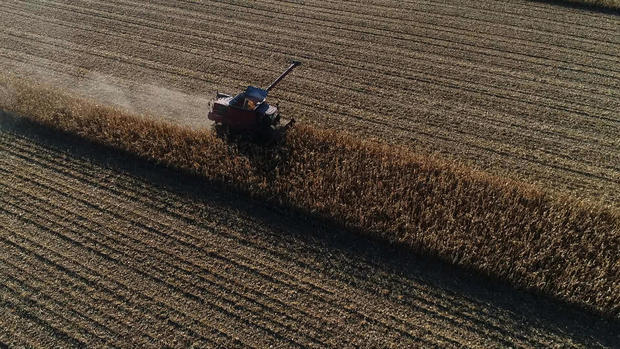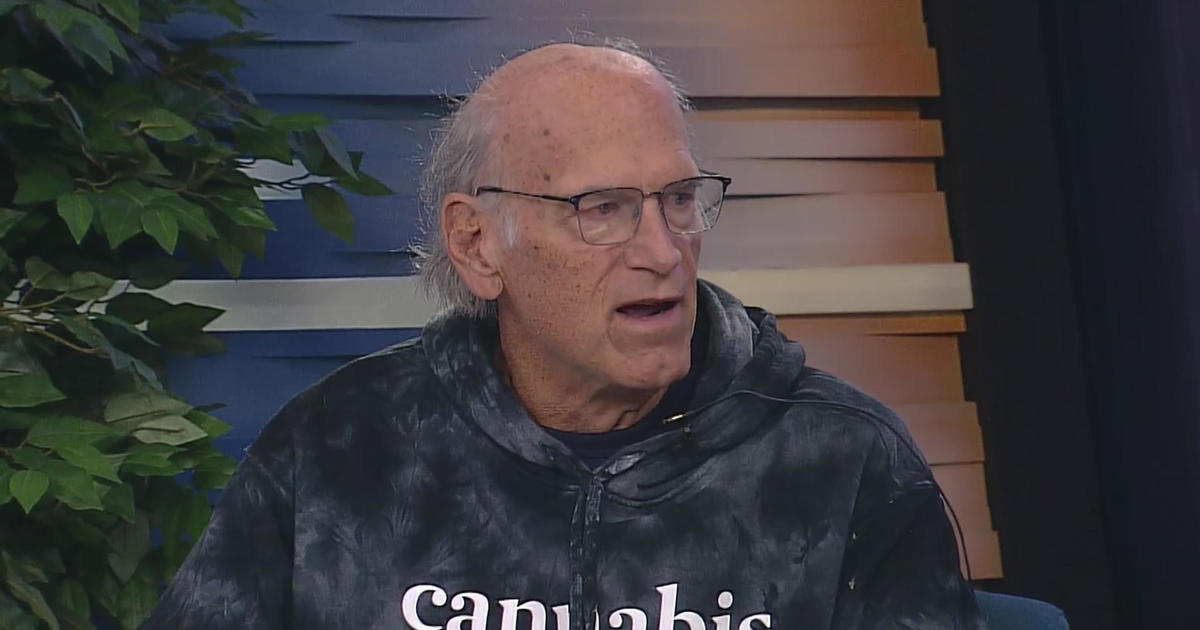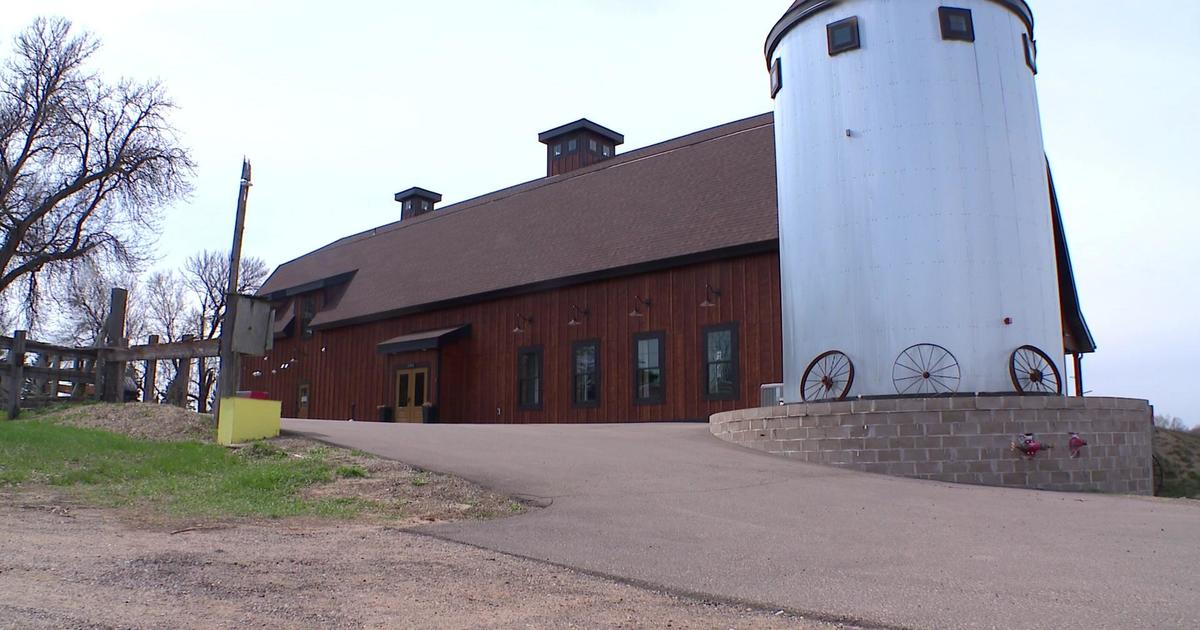Reality Check: Where Minnesota's Emergency Farm Bailout Money Went
By Pat Kessler and Alyson J May
MINNEAPOLIS (WCCO) -- Only a fraction of a $12 billion federal bailout program to help farmers hurt by trade tariffs has made it to Minnesota.
The United States Department of Agriculture reports it has disbursed $1.4 billion in emergency farm aid so far through November 26 -- out of the total $12 billion it promised.
USDA officials declined WCCO-TV's request to reveal how much Minnesota farmers are getting, but USDA data obtained by the watchdog Environmental Working Group shows the majority of Minnesota bailout money is going to a small number of big farms.
The group says $43.9 million in emergency aid was paid through October 31. The money went to 6,425 Minnesota farmers, who got an average bailout check of just $6,839.29.
A spokesman for the USDA told WCCO-TV Minnesota ranks fourth of the top five states for emergency aid. Those states are, in order, Illinois, Iowa, Kansas, Minnesota and Indiana.
And soybeans tops the list of commodities for which farmers are seeking emergency help. The top five commodities for which the bailout is used nationally are soybeans, corn, wheat, dairy and sorghum.
That makes sense because soybean sales dropped 98 percent since President Donald Trump slapped tariffs on Chinese products in June, and China retaliated with tariffs on American farmers.
Soybean farmers in Minnesota are getting the most emergency help, according to the Environmental Working Group, followed by hogs, dairy and wheat.
Here's a list:
And the highest payments here are going to the biggest farms.
The top 10 percent of bailout recipients got a total $24,772,720 -- 56 percent of all the Minnesota bailout money.
Sarah Graddy, EWG deputy director of communications, said the tariff bailout is not reaching farmers who may need it most.
"Unfortunately, President Trump's farmer bailout program is not necessarily helping the farmers most threatened by his escalating trade war," Graddy said. "In fact, USDA data show that, so far, more than 1,000 city dwellers have received bailout money and the top 10 percent of all bailout recipients have received 68 percent of all funds."
President Trump says China has agreed to resume farm sales, but there's no evidence of that yet.
Meanwhile, the Federal Reserve Bank in Minneapolis reports a spike in farm bankruptcies even before the trade war began in June 2018, and before other nations imposed retaliatory tariffs.
The Fed studied farms in South Dakota, North Dakota, Minnesota, Montana and parts of Michigan and Wisconsin.
It reports 84 bankruptcies were filed between June of 2017 and 2018. If the number seems small, the Fed says it is double the same number in previous years.
Here Are Some Of The Sources We Used For This Reality Check:
Market Insider: Soybean Prices Per Ounce
USDA/NASS 2017 State Agriculture Overview for Minnesota
How Much Will Your Tariff Payment Be?
EWG: Commodity Subsides In Minnesota In 2017




